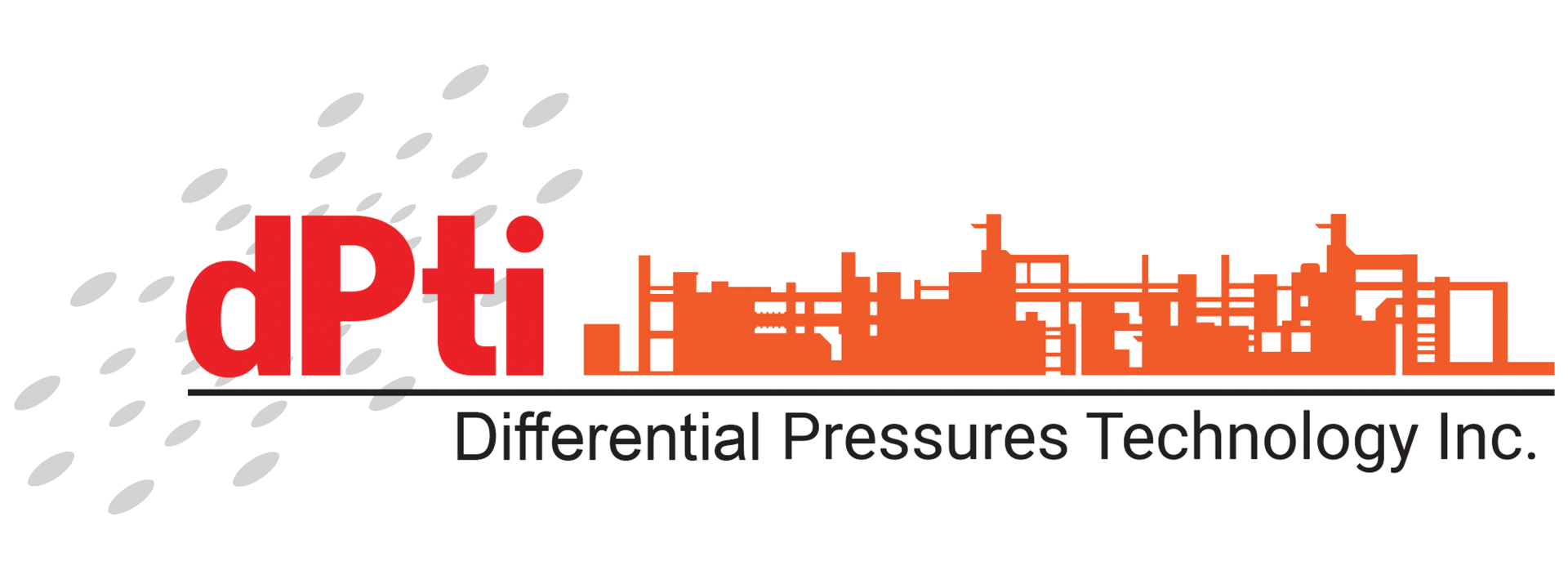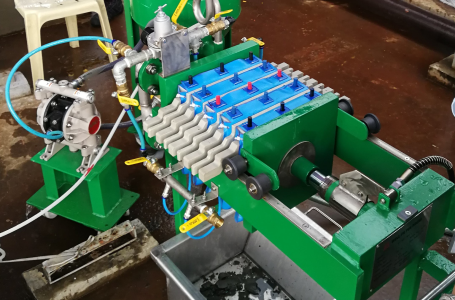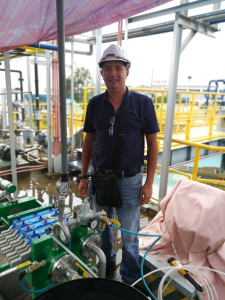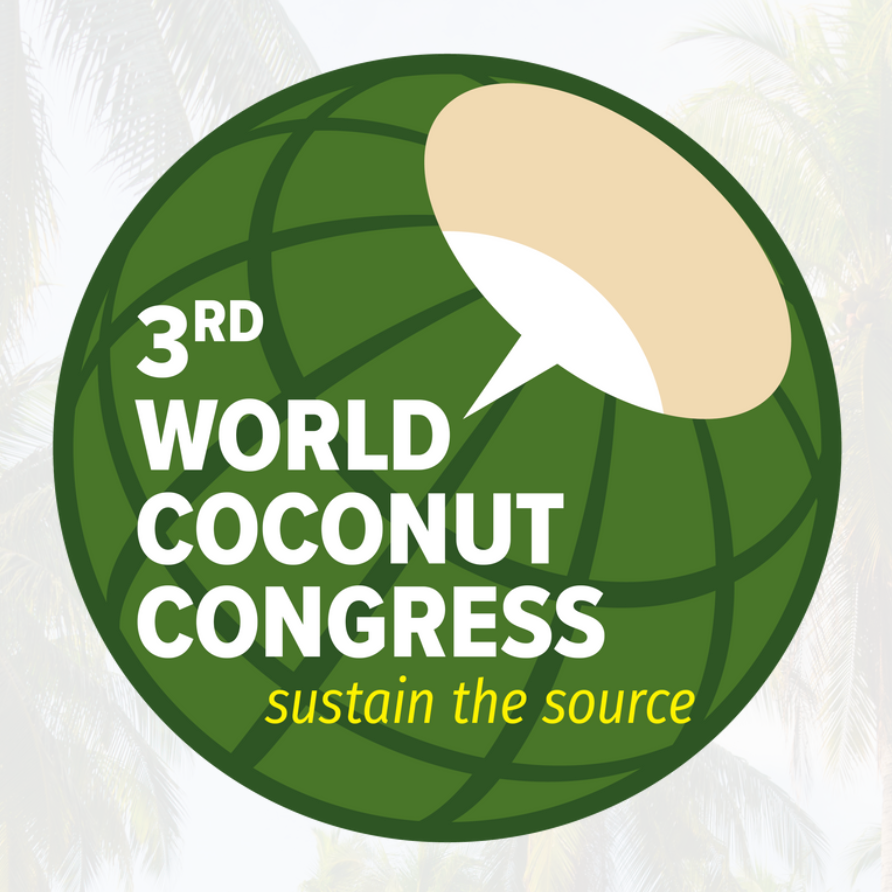0917-899-5645 (Globe)
0947-994-8123 (Smart)
Pilot Filter Press Testing
FILTER CLOTHS
There are numerous filter cloths available on the market. Each cloth “style” has a characteristic weave pattern, particular type of yarn (thread), surface finish, porosity, thread count in each direction, weight, and material of construction. Our preference is to use as “open” (higher porosity) a filter cloth as we can since the bulk of the filtration is done by the cake and not the cloth. On most sludges, we prefer relatively open monofilament fabrics because of their better cake release characteristics. In other applications we will use “tighter” less porous fabrics. Cloth tightness increases in this general order: monofilament, mono/multifilament fabrics, multifilament fabrics, multi/spun fabrics, felts, and special fabrics. The cloth material will determine the maximum tightness for the cloth; nylon cloths can not be made as tight as a polypropylene cloth of the same type.
The two criteria for selecting a cloth are the initial quality of the filtrate, assuming that the sludge is properly conditioned, and cake release. On process applications it is common to accept somewhat poor cake release to improve initial filtrate quality. For most waste applications it is common to accept slightly dirty initial filtrate for improved cake release. It should be noted that both experience and trial and error are used to select cloth.
If one is uncertain what the proper cloth for the application is, a cloth manufacturer should be consulted for suggestions to try.
CHEMICALS
The chemicals used for chemical conditioning are determined by the Jar tests.
Ferric chloride is usually obtained as a solution.
Lime is usually slurried at about 10% w/w concentration.
Polymer solutions usually have concentrations of about 0.1 – 0.25%
Other chemicals are usually added as solutions or slurries.
We would be happy to discuss further regarding the above Pilot Filter Testing procedures etc.
Very truly yours,
Previous Posts












